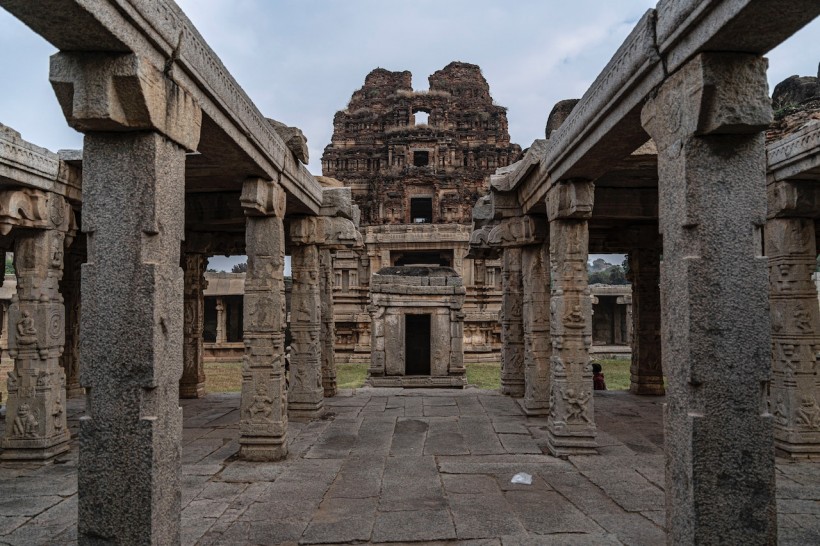Archaeologists have uncovered five life-sized statues in Spain. These busts could be the earliest-known human depictions of the ancient Tartessos civilization.
Ancient Tartessos Statues
Archaeologists have unveiled the first known sculptures of human figures made by the Tartessos peoples, a lost civilization that flourished in southern Spain some 3,000 years ago that has been linked to the myth of Atlantis. According to researchers, they are likely depictions of… pic.twitter.com/ppkPWre4UT
— Brian Roemmele (@BrianRoemmele) April 21, 2023
These statues have been dated to around BC 500, as reported by Live Science. They were discovered to be kept inside a sealed pit inside a temple in Casas del Turuñuelo. This area is known to be a prehistoric Tartessian site that is around 2,500 years old.
The findings were found among animal bones that could have come from mass sacrifices.
Erika López, a CSIC (Spanish National Research Council) spokesperson, says that what's unusual about the discovery is that they depict human facial features. The Jerusalem Post reports that such depictions are starkly different from the traditional way of presenting deities through plant or animal symbolism or sacred stones.
Two of these pieces are close-to-complete. Live Science adds that they likely depict female deities that are wearing earrings, which could point to the goldsmithing skills of people from the Bronze Age. For the other three pieces, only fragments were found. However, the researchers were able to identify that one of these statues had a helmet on.
With this, archaeologists have referred to this discovery as a vast paradigm shift when it comes to Tartessian interpretation.
Tartessos Civilization
According to IFL Science, the Tartessos civilization has been a long-standing mystery. They are generally assumed to be part of Western Europe's earliest civilization. Much of their culture is also known based on Greek and Roman references. However, like other historical records, these should be analyzed with a grain of salt.
Concrete evidence for the civilization has been seen to be quite inadequate. While the ancient Tartessos civilization is known to have a writing system of their own, the entire language covers less than 100 graffitis and inscriptions. Statues and sculptures, on the other hand, have also been thought to be non-existent due to the small samples recovered.
In fact, there were historians, including the renowned Aristotle, who have linked this Tartessos civilization to the lost mythical city of Atlantis. The BBC, however, has reported that such ideas have been generally dismissed by the scientific community.
However, with these newly found statues, mysteries regarding this ancient Tartessos civilization can be shed light on. Sebastián Celestino, a co-director of the research project and a researcher from the Institute of Archaeology of Mérida, mentions to El País that this shifts the paradigm regarding the Tartessos being an aniconic culture without any anthropomorphic or figurative representations.
López notes that these findings further highlight the significance of both the discovery site and the ancient Tartessos civilization in the Guadiana valley during its last years.
RELATED ARTICLE: First Ancient DNA From the Swahili Civilization Restores Heritage, Complicates Understanding of Its History
Check out more news and information on Archaeology in Science Times.




![Earth's Quasi-Moon Kamo‘oalewa Could Originate From Lunar Surface Not Asteroid Belt [Study]](https://1721181113.rsc.cdn77.org/data/thumbs/full/53275/89/56/50/40/earths-quasi-moon-kamo-oalewa-could-originate-from-lunar-surface-not-asteroid-belt-study.png)










